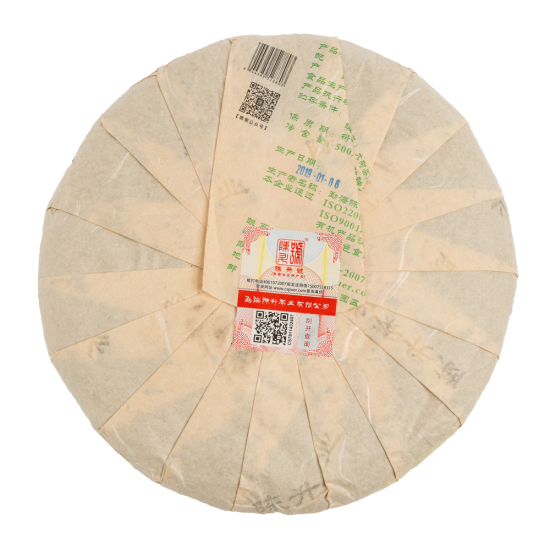A special feature of the Bu Lang tea village is the number of old and ancient tea trees. Several trees estimated to be 500 years old are even located within the city walls. The quality of the tea from this region is largely attributed to the age of the trees.
Bu Lang Shan is located in southern Yunnan in the middle of the tea region of Xishuangbanna, not far from the border with Burma/Myanmar. The local population consists largely of members of the Hani and Bu Lang minorities. Tea has been cultivated in the region for more than 1,000 years.
Storage
This tea was produced in 2013 and stored for maturation in Guang Zhou, China until 2018. Since 2018 the tea has continued to be ripened under special conditions at Sunday Natural in Berlin.
Centuries-Old Pu-Erh Trees
The tea plants needed for producing Pu-Erh are autochthonous, large-leafed, and wild-grown tea plants. In contrast to generic tea plants grown around the world, this type does not grow as a bush, but rather as a tree that can live for up to thousands of years. Scientific study of the Camellia taliensis suggests that this tree is the common ancestor of all other types of tea. This cultivar is native to the region where China, Vietnam, Laos, and Myanmar meet. This is also where the Chinese province of Yunnan is located, and the history of Yunnan is also intertwined with the first known attempts to cultivate tea. For this reason, Yunnan is often considered the "cradle of all teas". In the tea forest of Yunnan, each tree has an individual character with a different shape and different cultures of moss and fungi. As such, each tree produces its "own" tea. The older the tree, the deeper its roots extend into the earth and into deep layers of rock and stone. These older trees can absorb minerals and trace elements that are passed on to the leaves and buds. The tea made from the buds and leaves of wild-grown older trees is thus rich in minerals and highly desirable.























